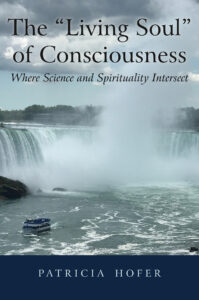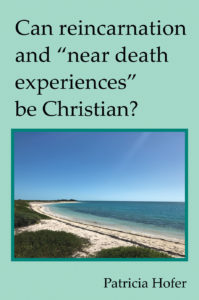What does Jesus Christ’s transfiguration do for us?
We cannot follow Christ and ignore the reason he did things that seemed to violate natural laws. As Jesus said: “If I do not the works of my Father, believe me not. But if I do, though ye believe not me, believe the works: that ye may know, and believe, that the Father is in me, and I in him.” (John 10: 37-38) And our Lord’s works indicate that there is more going on in our existence, right here, than we may be ready to perceive.
For example, one of the more mysterious accounts in the Gospel moves far outside the boundaries of conventional wisdom and modern science. Jesus took “Peter and John and James, and went up into the mountain to pray.” Then Luke continues: “And as he prayed, the fashion of his countenance was altered, and his raiment was white and glistering. And, behold, there talked with him two men, which were Moses and Elias; who appeared in glory, and spake of his decease which he should accomplish at Jerusalem.” (9:28-32)
The writers of Matthew (17:2) and Mark (9:2) also recount the incident and say that Jesus was “transfigured.” The definition for this Greek word includes the English word metamorphosis, which means to change into a different physical form. To me this could indicate that the transfigured Jesus wasn’t spirit, which is the substance of God, but rather just a step or two further on the road from matter to spirit. I find it significant that Jesus brought along Peter and James and John, the three witnesses necessary to prove a truth. And it is also worth noting that the writers of three Gospels chose to include this transfiguration in their narratives. In this meeting with Elijah and Moses, I think Jesus’ intention was to give his disciples, and the rest of us, a glimpse, to open the door just a little.
Natural laws are not in one place and God’s spiritual laws somewhere else. They are all here and they are all connected. You might well question this view; certainly I have questioned it myself. But I find support for it, once again, in some of George MacDonald’s wonderful thoughts. He says: “All I want to show here is a conceivable region in which a miracle might take place without any violence done to the order of things. Our power of belief depends greatly on our power of imagining a region in which such things might be” (Edited by Phillips, Discovering the Character of God 106).
And that is what I’m asking you to do—to imagine a region where the lower laws of the natural universe and God’s higher laws of spirit are a part of the same process, a part of the same infinite pattern. The freedom and eternity of this “larger” life—how it could continue and where it could continue—give me, and hopefully you as well, immeasurable comfort. (chapter 20, see free download)


Leave a Reply